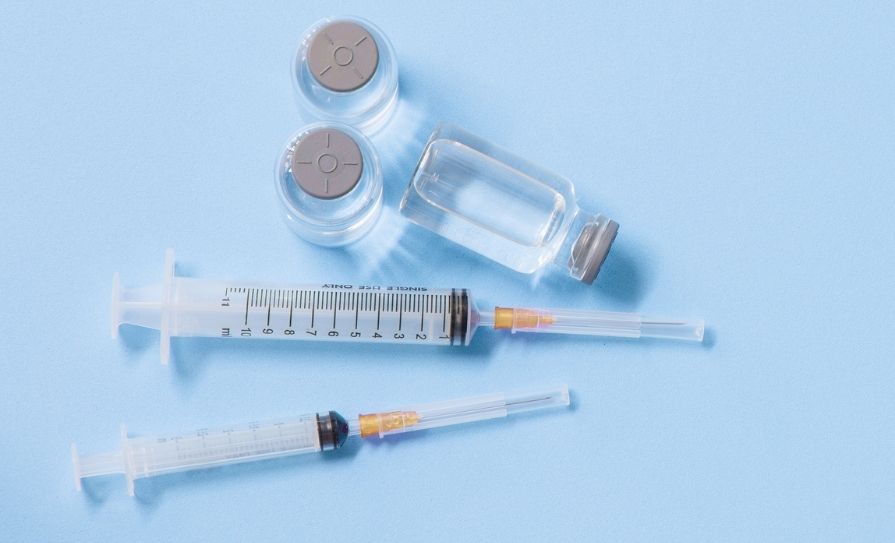Updated clinical guidelines on pre-exposure prophylaxis (PrEP) have been released, with expanded access to HIV prevention medication.
According to a revised document, dated May 2022, the eligibility criteria were expanded to include people “likely to engage in condomless anal sex in the next three months”.
Updates were also made to the criteria around renal monitoring; frequency of follow-up determined by potential exposure; and online STI/HIV testing options for stable patients. The guidance also sets out a 45-day window for HIV testing, where a repeat test will be performed after that period.
Additionally, a new section was included on when post-exposure prophylaxis following sexual exposure is needed in people taking PrEP.
According to a spokesperson for the HSE, the updated guidance “will reduce the number of renal monitoring blood tests and face-to-face consultations for some individuals”.
They added: “The updated guidance also allows for a greater degree of flexibility in determining an individual’s eligibility for PrEP.” The guidelines are set for review in May 2024 and “will be updated in the meantime should the need arise,” a HSE spokesperson commented.
The first set of national clinical guidance on PrEP was published in November 2019.
Currently, licensed PrEP is the pre-emptive use of oral antiretroviral therapy (combination tenofovir disoproxil fumarate/emtricitabine) by HIV-negative people to reduce the risk of HIV infection. In 2019, HIQA concluded a health technology assessment on the introduction of a PrEP programme in Ireland. HIQA found that PrEP was safe and highly effective at preventing HIV in people at substantial risk.
Furthermore, implementing a PrEP programme would be considered cost-saving compared to standard care. Ireland began implementation of a national PrEP programme in November 2019, with ring-fenced funding of €5.4 million in Budget 2020.
During 2020 and 2021, there was a reduction in the number of HIV notifications, according to the Health Protection Surveillance Centre. This was likely to be due to several factors, including periods of national lockdown; social and physical distancing measures; reduced access to sexual health and GP services; and reduced testing opportunities.







